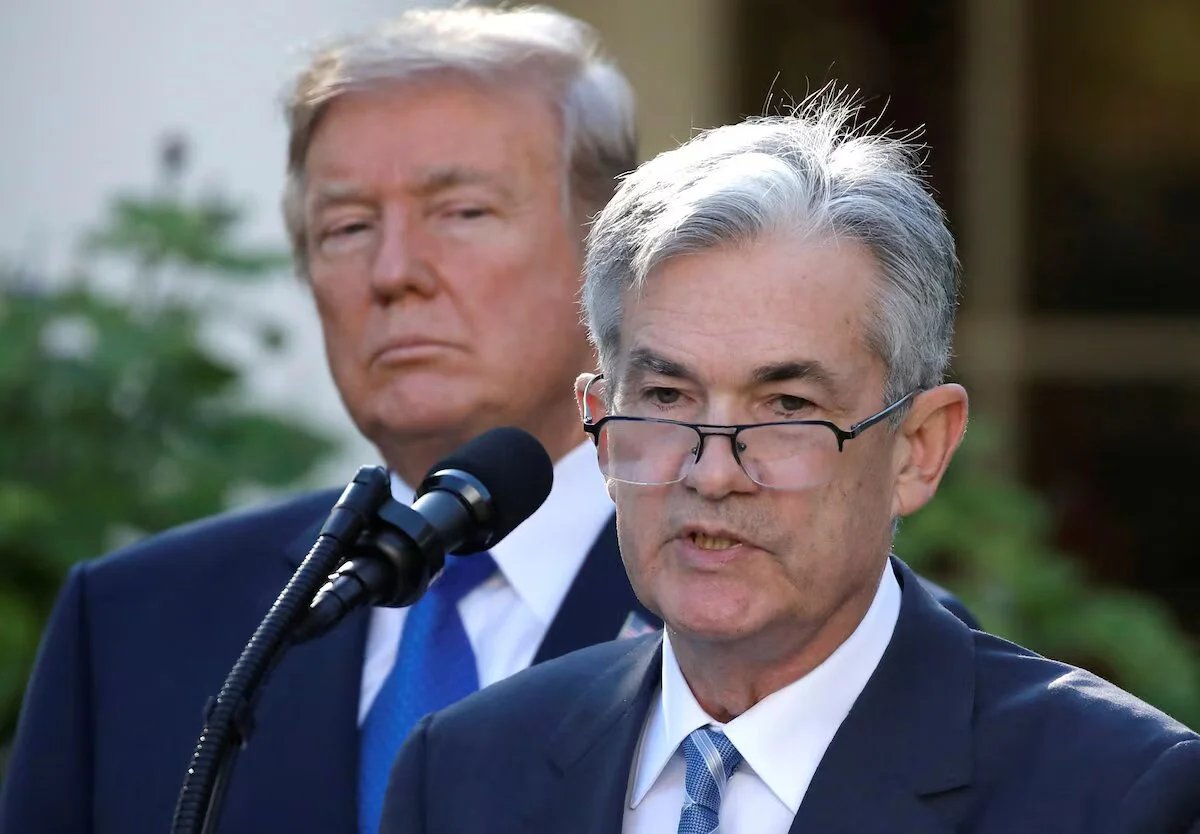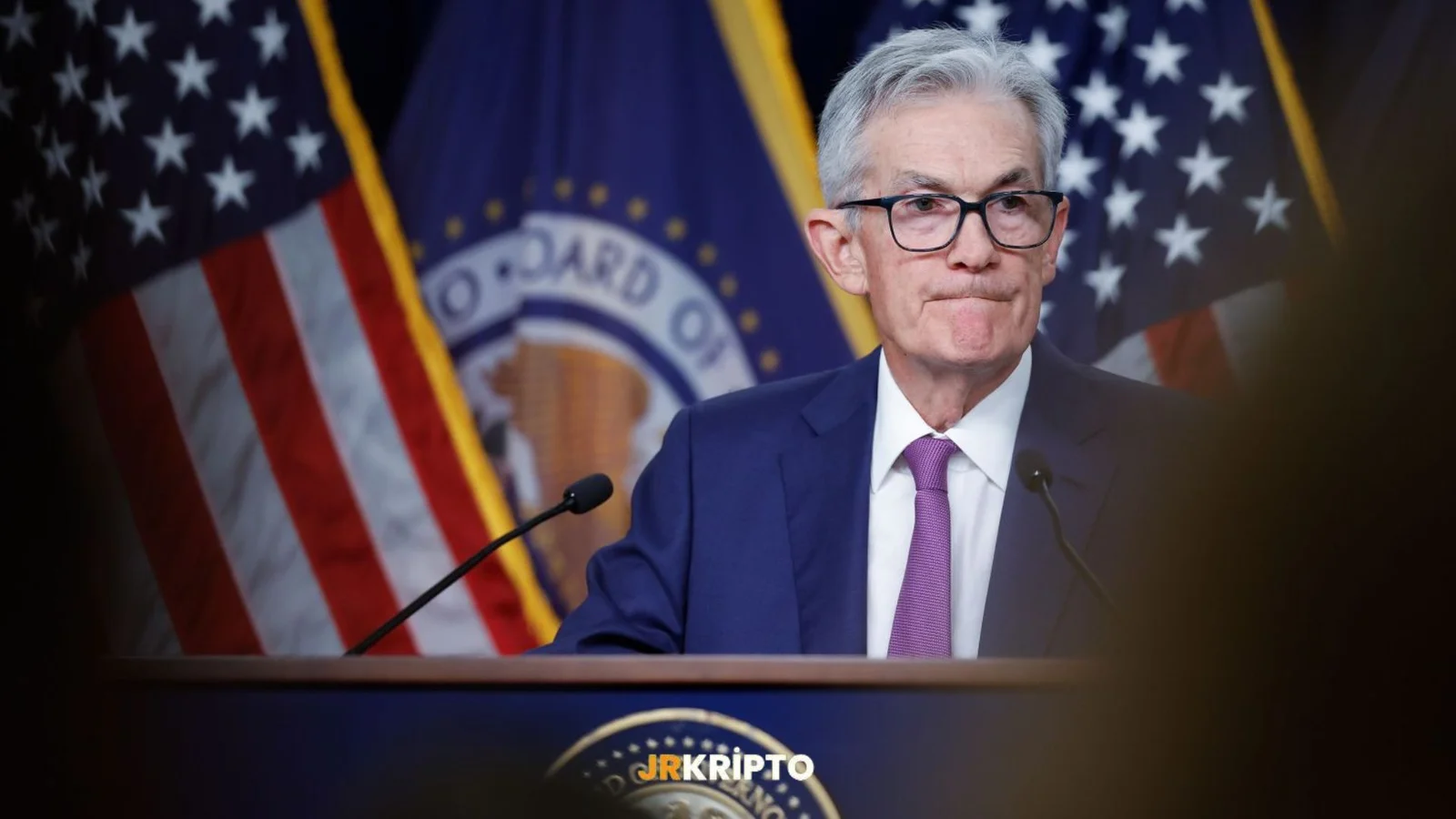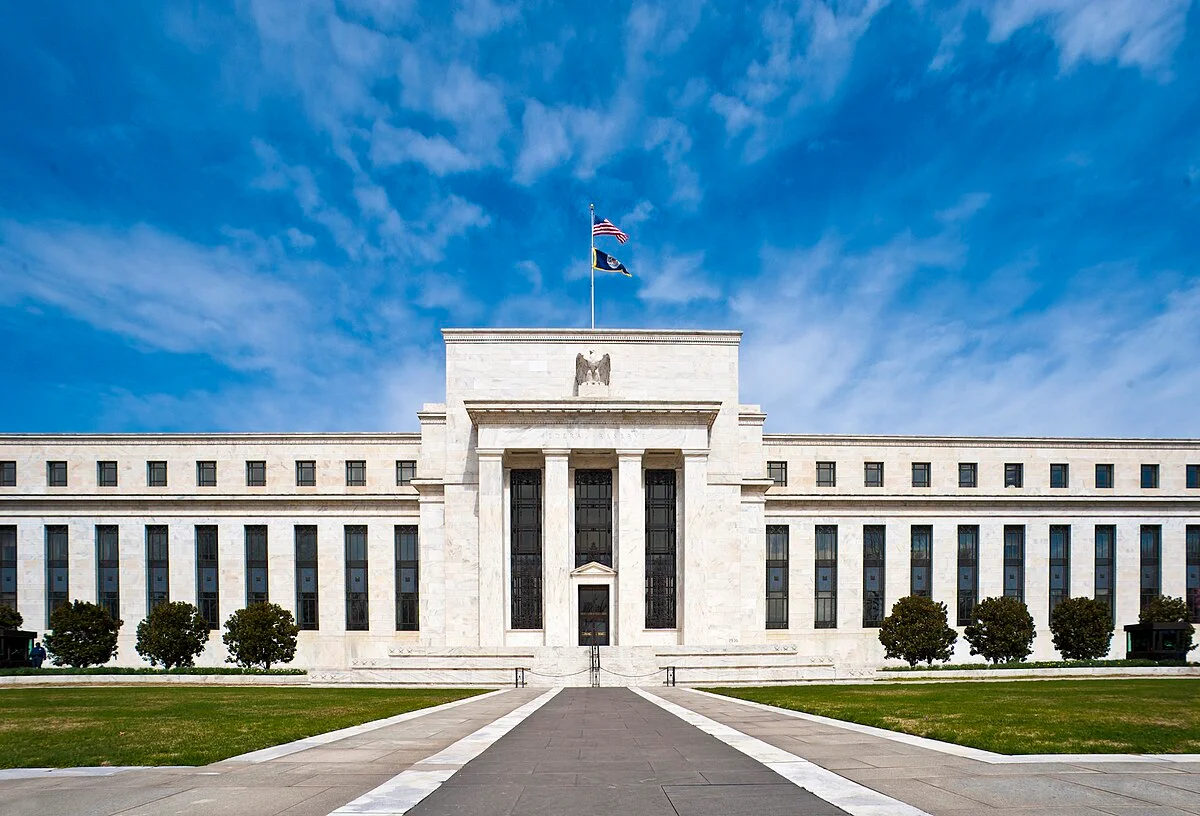We are in a critical turning point week for the U.S. economy. The Producer Price Index (PPI) data announced on May 15 and the statements made by Fed Chair Jerome Powell on the same day gave critical signals for the direction of the markets.
There Is a Softening on the Inflation Front
In April, PPI was announced at 2.4% on a yearly basis. The expectation was 2.5%. The previous figure was 2.7%. On a monthly basis, while a 0.2% increase was expected, PPI showed a 0.5% decrease. This picture reveals that price pressure on the producer side has started to ease.
The data is a strong indication that inflation has lost its upward momentum. However, this alone does not mean a permanent decline. Powell was already clear on this.
Powell: Supply Shocks Are Becoming Permanent
Fed Chair Jerome Powell emphasized in his statements that “we are now in a period where supply shocks may occur more frequently,” highlighting the need for the central bank to adopt a new monetary policy framework. Updating the approach adopted after 2020 is on the agenda.
Powell stated that they no longer consider the idea that “inflation would naturally decline after some weakening” to be valid, and noted that the framework forming the basis of monetary policy must function more robustly in high uncertainty environments.
The Fed Will Remain Cautious But the Door to a Rate Cut Is Opening
The data caused short-term relief in the market. Especially a decline in bond yields and a recovery in technology stocks were seen. However, Powell's tone shows that the Fed is still far from making a sudden rate cut decision.
Nevertheless, the slowdown in inflation and the weakness in growth data keep the expectation of a rate cut during the summer months on the table.

U.S. Federal Reserve Preparing a New Strategy
The U.S. Federal Reserve (Fed) aims to review its monetary policy strategy in 2025 to adapt to the economic changes experienced in the last five years. In his statement on May 15, Fed Chair Jerome Powell stated that the “average inflation targeting” approach adopted in 2020 is no longer valid. This strategy allowed inflation to temporarily exceed 2% to compensate for periods when inflation remained below the target. However, when inflation reached 7.2% in 2021, it became clear that this approach was unsustainable.
Strategic Revision and New Approaches
Powell stated that the Fed’s current strategy has become inadequate in an economic environment where supply shocks are more frequent and persistent. For this reason, significant changes are planned for the Fed's document on "long-term goals and monetary policy strategy." In particular, redefinition of the concept of “shortfalls” in employment and a review of the inflation targeting approach are on the agenda.
Changes in Communication Strategy
The Fed aims to restructure not only its policy tools but also its communication strategy. Powell emphasized the importance of providing clearer and more transparent information to the public and markets during periods of increased economic uncertainty. In this context, it is planned to better communicate the uncertainties in economic forecasts and make the Fed’s decision-making processes more understandable.
Developments in Inflation and Unemployment
As of April 2025, personal consumption expenditures (PCE) inflation dropped to 2.2%, aligning with the Fed’s 2% target. This decline occurred without a sharp rise in the unemployment rate; this is considered a rare success in history.
Future Expectations
Powell stated that the Fed’s new strategic framework will be completed by the summer of 2025 and that this framework will be more resilient to economic fluctuations. However, the Fed’s 2% inflation target and its commitment to keeping inflation expectations anchored will not change. These revisions will allow the Fed to manage its monetary policy more flexibly and effectively.
Key Points – Highlights During the Strategy Review
- The economic environment has significantly changed since 2020.
- Long-term real interest rates are noticeably high; inflation expectations are stable.
- Inflation fell from 7.2% to 2.2%, but combating it remains an important task.
- The decline in inflation occurred without a sharp increase in unemployment—a rare situation historically.
- The risk of more frequent and persistent supply shocks in the economy has increased.
- A prolonged period of low interest rates is no longer the baseline scenario for the foreseeable future.
- It is important to keep inflation expectations anchored at the 2% target.
- The Fed’s 2025 strategy review will be completed in the coming months.
- The definition related to “shortfalls” in employment is planned to be revised.
- The Fed’s communication needs to be clearer, especially during periods of economic uncertainty.
- The magnitude of uncertainty in forecasts must be better communicated to the public and markets.
- The reform of the Federal Reserve System’s strategic documents will be adapted to new economic conditions.
- Maintaining transparency and trust in the regulator’s actions remains a priority.




